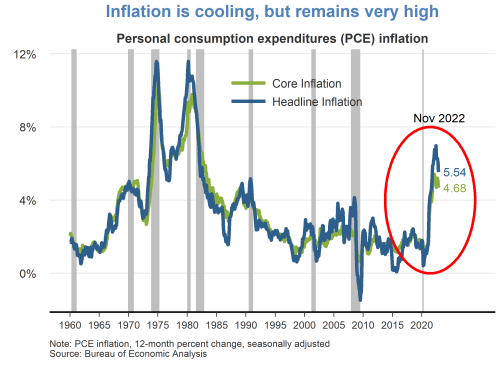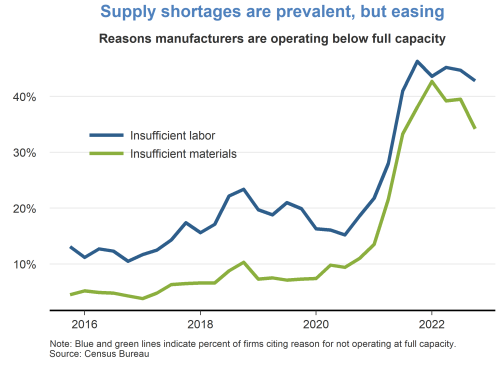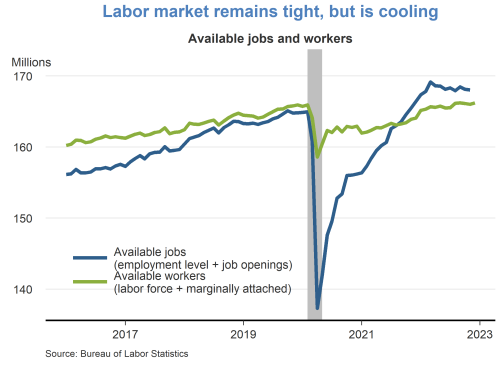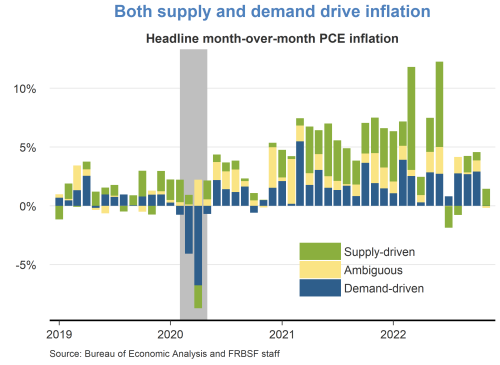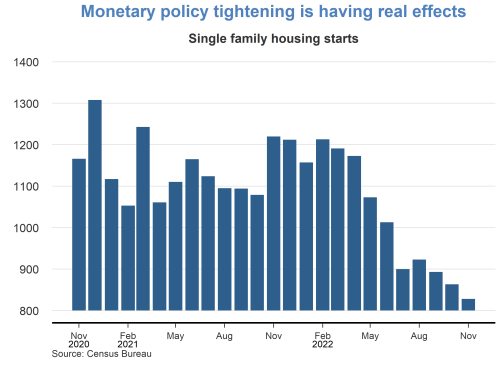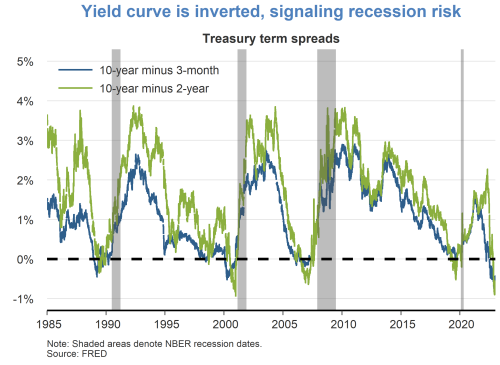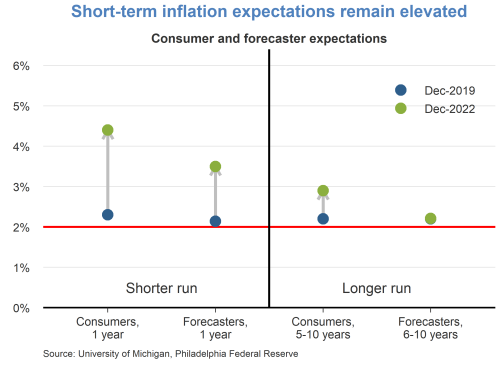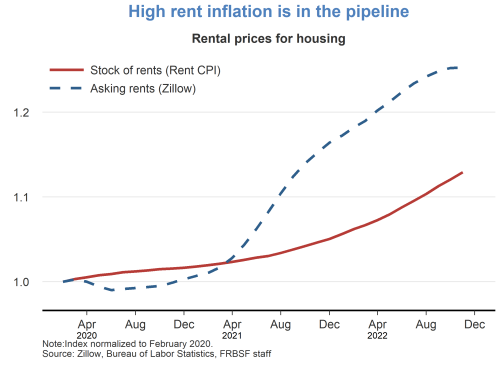[from the Federal Reserve Bank of Atlanta]
by Chris Colson, payments expert, Atlanta Fed Payments Forum
As programmable payments become more common, an old-school budgeting idea is making a comeback: earmarking. At its core, earmarking just means setting money aside for a specific purpose—like rent, payroll, or taxes—so it’s only used for that. It’s a simple concept, but when combined with automation, it could be the budgeting upgrade many people and businesses have been waiting for.
The word “earmark” dates to the 15th century, when farmers would notch their animals’ ears to show ownership. Over time, it came to mean setting something aside for a specific use. In personal finance, this idea lives on in the envelope system, where people divide up cash into labeled envelopes—groceries, bills, savings—and stick to those limits. It works, but let’s face it: handling cash envelopes isn’t exactly practical in a digital-first world.
That’s where programmable payments come in. These are payments that happen automatically based on rules you set. Instead of stuffing envelopes, you set up digital “buckets” for your money. Maybe 20 percent of every gig work payment goes straight to a tax account or your weekly paycheck splits into rent, groceries, and savings buckets automatically.
Through banking apps, digital wallets, or budgeting platforms, consumers choose or create spending categories and assign rules—like percentages, spending limits, or triggers. For example, you can link your checking account to a programmable wallet that auto-transfers money into savings or investments accounts on payday, or prevents spending on dining once you hit your monthly cap.
It’s like having a personal money assistant organizing your finances, paying your bills, and keeping you on budget without you having to think about it. For businesses, this brings new efficiency to managing payroll, vendor payments, and escrow accounts.
The timing couldn’t be better. Many Americans struggle financially. According to the Federal Reserve’s 2024 Survey of Household Economics and Decision-making (SHED), nearly 37 percent of adults wouldn’t be able to cover a $400 emergency without borrowing or selling something. Earmarking can help build emergency savings before the money gets spent elsewhere.
There’s also a big gap when it comes to retirement readiness. The Fed’s Survey of Consumer Finances (SCF) found that just over half of families have any kind of retirement account, and many people say they’re not on track with long-term savings. Automated payments into earmarked savings buckets can help make regular saving less of a hassle and more of a habit.
Even our spending habits show why this works. The Fed’s 2025 Diary of Consumer Payment Choice shows people still prefer cash for small purchases. Programmable payments bring that discipline into the digital world without the need for physical cash.
The upside of earmarking with programmable payments is clear: automation takes the work out of budgeting, real-time visibility helps track your money, and flexible rules let you customize how it all works. It’s also useful in more regulated settings like distributing aid or managing shared accounts because it adds accountability.
But if the rules are too rigid or confusing, that can frustrate users. Businesses may need to integrate programmable features with legacy systems, which takes time and money. And over reliance on automation poses risks—glitches, errors, or outdated settings can cause missed payments or unintended consequences.
Still, earmarking with programmable payments is a smart, modern take on a tried-and-true budgeting technique. It may not be right for every situation—and some apps already do this behind the scenes—but used intentionally, it can bring clarity, control, and purpose to the way money flows. In a complex financial world, that’s something both individuals and experts can benefit from.
